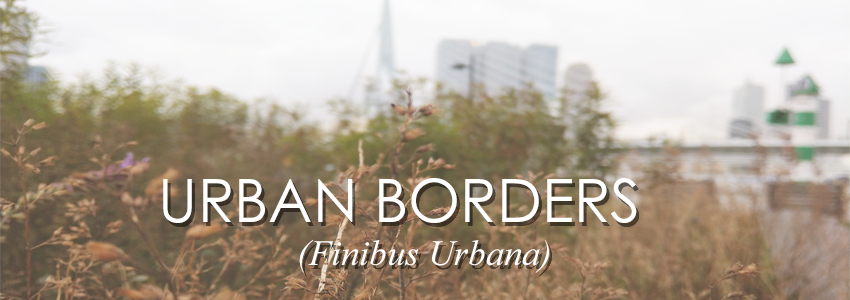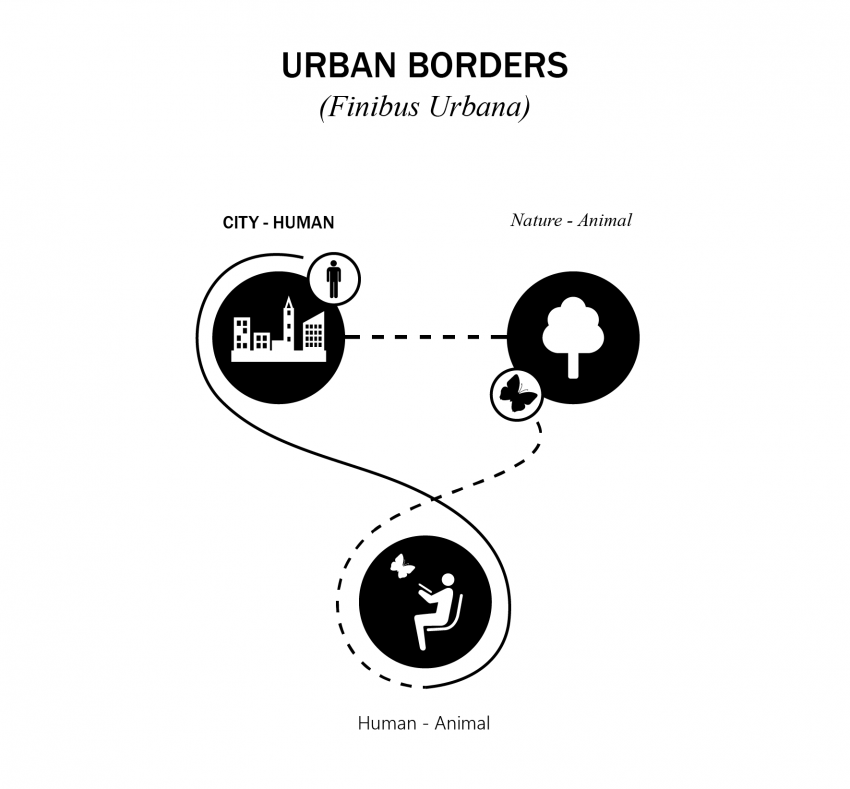|
|
| Line 2: |
Line 2: |
| | | | |
| | [[File:Concept-01.png|850px]] | | [[File:Concept-01.png|850px]] |
| − |
| |
| − |
| |
| − |
| |
| − |
| |
| − |
| |
| − | == Reflection on Dessau==
| |
| − | The workshop consisted in the parametric design and robotic production of a fragment of urban furniture in the context of Dessau’s Elb river. The first days we developed the concept of adaptation to the natural environment and the functionality for different users other than humans such as insects, birds, etc. Based on these ideas and on 3 different sitting positions we designed a form that adapted to those general parameters.
| |
| − |
| |
| − | After we had a general shape of urban furniture we applied the Voronoi principle on a selected fragment of it. This principle is present throughout many systems in nature: the idea of fragmentation that generates different degrees of density and porosity. The parameters used to determine the areas with higher density or porosity in the fragment’s surface were the force lines of tension and compression which were obtained through a plug-in in grasshopper.
| |
| − |
| |
| − | Finally we applied grasshopper scripts to generate the Kuka robot’s path of movement to hot wire-cut the basic shape and then mill the details of the surface, both bumps and holes. At the start of the hole-drilling stage, however, we realised that the drill’s scale and ‘bumps’ were not proportional, so we decided to only drill a few holes to avoid destroying the texture and form obtained.
| |
| − |
| |
| − | To conclude, the workshop was a very helpful and didactic way to get introduced to parametric design and robotic fabrication because we got to create an object in a very short period of time with hands-on experience.
| |
| − |
| |
| − |
| |
| − | ===='''What we’ll implement'''====
| |
| − |
| |
| − |
| |
| − | Back in Delft, we will have more time to further develop the concepts that we came up with during the workshop:
| |
| − | Adaptation to nature
| |
| − | Relationship with water
| |
| − | Different types of users, people, insects, animals
| |
| − | Different sitting/lying positions throughout the object
| |
| − | Compression and tension forces as parameters
| |
| − |
| |
| − | As a starting point we will also use the same material (EPS) and methods of production (Hot wire cutting combined with milling with the Kuka robot). Nevertheless, for our final project we will also consider the conditions of the new context, in Rotterdam, mapping of the user’s movements, environmental factors such as temperature, radiation, wind, precipitation and ways in which our object can contribute to a more dynamic and comfortable urban life.
| |

